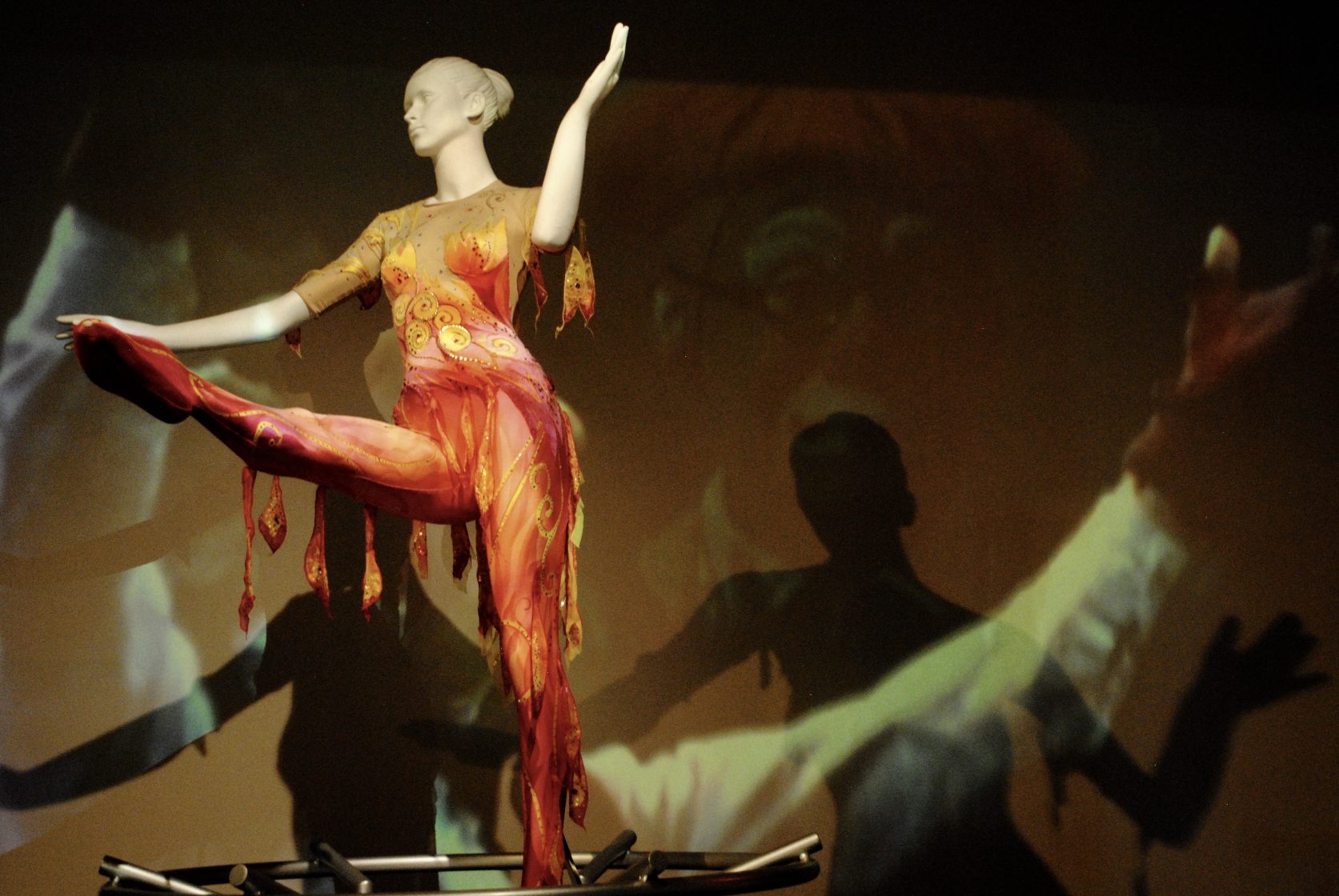
After sunset, the crescent moon rose over the Ringling museum. Students gathered by the east facade waiting for a behind the scenes tour of the art museum. On Tuesday, Nov. 17 one New College class, “Worlds of Wonder: A History of Museums” embarked on a private tour of the Ringling.
The class surveyed the history of the evolution of museums from the 16th century to the present day. It is taught by David Berry, who is the assistant director of academic affairs at the John and Mable Ringling Museum of Art and an adjunct professor of art history at New College, and Malena Carrasco who is a professor of Art History, Gender Studies, Humanities and Medieval and Renaissance Studies.
The tour was conducted with safety protocols in mind. All members of the tour wore masks and maintained social distancing. The tour, which consisted of eight students and the two professors, was joined by Keith Crowley, the museum’s senior preparator. Preparators complete the installation and de-installation of exhibits and build stands and furniture to accompany the artwork.
The tour led students through the fine art galleries, which include art from Peter Paul Rubens, and then went into the Center for Asian Art to view an exhibit of Kabuki Modern art.
Seeing the museum in person was a different experience for students than viewing the building and artwork online.
“You get a much better sense of the materiality of the work as a physical object,” Carrasco said. “Qualities like size, surface texture, and color are often quite different from photographs. If you are thinking about the museum as a whole, and not simply the objects in its collection, the in-person experience is even more important. Buildings simply must be experienced in person.”
“I have been to the museum many times over the years,” thesis student Jenna Courtade said, “but this is the first time I thought about all the [work done] behind the exhibition.”
Students were able to ask questions about the museum in general, as well as specific galleries and works. Berry and Crowley explained design decisions in the gallery and spoke about the many types of jobs that are available in museums. Carrasco said that “this gives students a very good sense of how skills and training come to life in the real world.”
Overall, Courtade said that the trip was “very informative” and at least for a little while, students got a sense of normalcy. As Carrasco said, “experiencing works of art can be a wonderful way to move beyond one’s immediate problems.”






